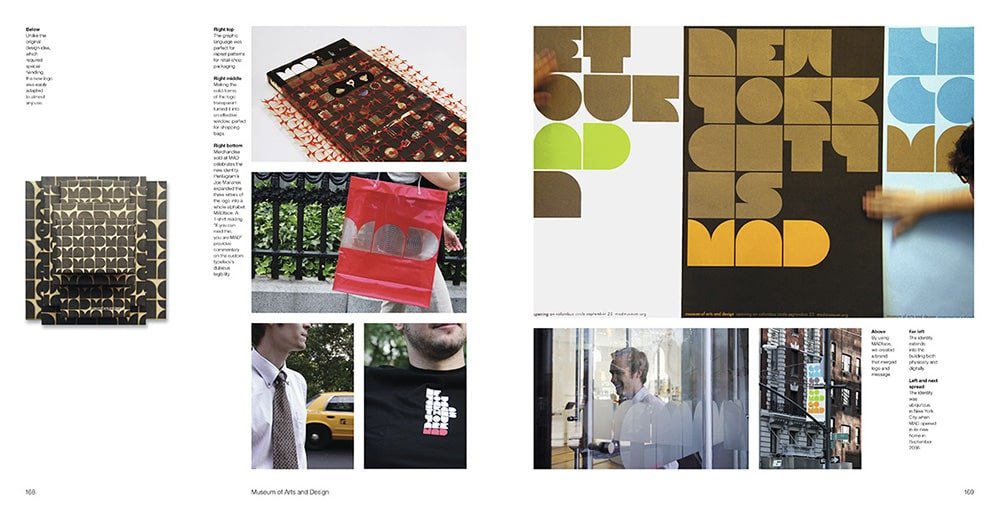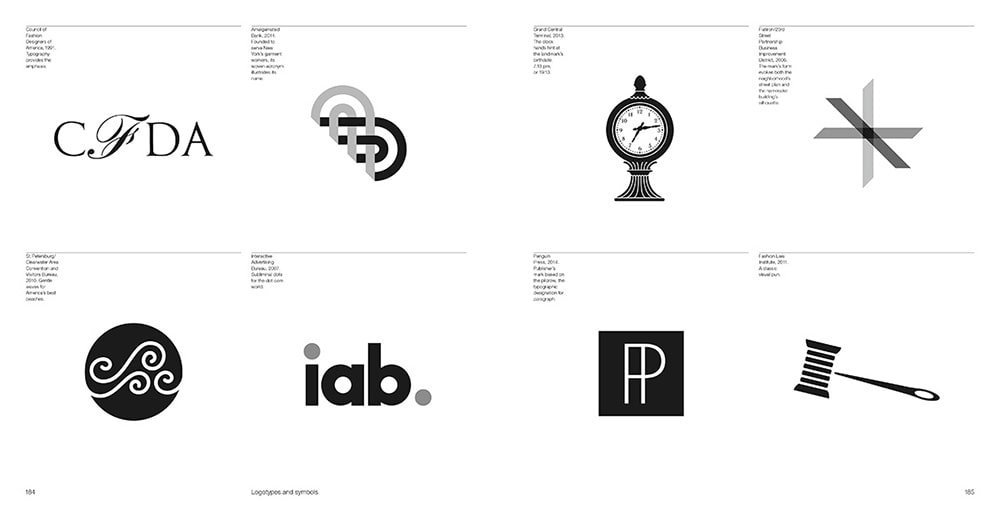Michael Bierut‘s How to Use Graphic Design to Sell Things offers a deep dive into the power of design, showing how it can influence perceptions, drive action, and even impact society. Using over thirty-five notable projects, Bierut explains the critical role graphic design plays in communication – whether it’s selling products, telling stories, or evoking emotions.
Bierut doesn’t just focus on aesthetics; he highlights the intersection of creativity and functionality, showing how graphic design can serve multiple purposes. Whether you’re a professional designer or someone with a budding interest in visual communication, this book is an insightful guide to the real-world applications of design.
How to use graphic design to sell things? The first monograph, design manual, and manifesto by Michael Bierut, one of the world’s most renowned graphic designers-a career retrospective that showcases more than thirty-five of his most noteworthy projects for clients as the Brooklyn Academy of Music, the Yale School of Architecture, the New York Times, Saks Fifth Avenue, and the New York Jets, and reflects eclectic enthusiasm and accessibility that has been the hallmark of his career.
The Creative Process Revealed
One of the most fascinating sections of the book is the behind-the-scenes look at Bierut’s creative process. Using a mix of early sketches, historical references and final designs, he takes the reader on a journey through his thought process. What stands out is Bierut’s willingness to share not only his successes but also his failures, offering valuable lessons in the development of ideas. His notebooks, meticulously kept over three decades, provide an intimate insight into his creative journey – a resource that budding designers will find both practical and inspiring.
Career Milestones and Influence
A partner at Pentagram and protégé of Massimo Vignelli, Michael Bierut‘s career is nothing short of remarkable. He has designed for clients ranging from luxury brands such as Saks Fifth Avenue to prestigious institutions such as Princeton University. Bierut’s diverse portfolio not only demonstrates his versatility, but also how graphic design can be applied across industries.
For those navigating the world of client relationships and balancing creativity with business goals, this section offers invaluable insights. Bierut shows how understanding a client’s vision is key to producing powerful, impactful designs while maintaining your own creative voice.
Not Just for Designers
This book isn’t just for design professionals. Bierut opens the door to anyone curious about how words and images combine to create meaningful communication. Whether you’re an entrepreneur, a marketer, or just someone interested in visual storytelling, the lessons in this book go far beyond theory. Bierut’s practical applications make these concepts accessible and useful to anyone who wants to communicate better through design.

Chapter Summaries of How to Use Graphic Design to Sell Things by Michael Bierut
Chapter 1: The Power of Graphic Design
In this foundational chapter, Bierut explores how graphic design transcends aesthetics to influence behaviour and effectively communicate complex ideas. Through a series of compelling projects, he demonstrates how design can sell products, clarify concepts and evoke emotions. Bierut’s work on branding campaigns, for example, shows how a well-designed logo can become synonymous with a brand’s identity, shaping consumer perceptions and driving loyalty. The chapter sets the stage for understanding the critical role design plays in modern communication.
- Design is not just about appearance; it’s a powerful communication tool.
- Effective design can influence behaviour and shape perceptions.
Chapter 2: Selling Things
Focusing on the commercial side of design, Bierut looks at how understanding the target market is essential for success. Covering topics such as branding, packaging and advertising, he illustrates how design can enhance product appeal and drive sales. For example, his work on redesigning the packaging of a major consumer product led to a significant increase in sales, proving the direct impact of design on commercial success. This chapter is essential reading for anyone working in marketing and advertising.
- Understanding your target audience is critical to effective design.
- Design can directly influence consumers’ purchasing decisions.
Chapter 3: Explaining Things
Graphic design isn’t just for selling; it’s also a powerful tool for educating. This chapter is particularly valuable for fields such as education, science and public health. Bierut emphasises the use of infographics and diagrams to make complex information accessible and memorable. He shares examples from his work on public health campaigns, where clear, visual communication helped people understand critical information quickly and effectively.
- Design can simplify complex information.
- Visuals help people understand and retain information.
Chapter 4: Making Things Look Better
Aesthetics play a vital role in design, and Bierut offers practical advice on how to improve visual appeal through principles such as typography, colour theory and layout. He explains how even subtle changes in design can transform a product or environment. For example, his work on corporate office spaces shows how thoughtful design can create more welcoming and productive environments.
- Aesthetics are critical in design.
- Small design changes can have a big impact on the user experience.
Chapter 5: Making People Laugh and Cry
Design has the power to evoke deep emotional responses. This chapter explores how visual elements can make people feel happy, sad or anything in between. Bierut shares examples of projects that have successfully used design to tell compelling stories, such as a campaign that used humour to raise awareness of a social cause. This chapter reminds designers that their work can connect with people on an emotional level.
- Design can evoke a wide range of emotions.
- Storytelling is a key aspect of effective design.
Chapter 6: Changing the World
In the final chapter, Bierut shows how graphic design can be a force for social change. He highlights projects that have raised awareness, inspired action and even influenced policy. This chapter encourages designers to use their skills for the greater good, demonstrating that design is not just a commercial tool, but also a powerful agent of change.
- Design can contribute to meaningful social change.
- Designers have the power to have a positive impact on society.

Book Reviews
Design professionals and critics alike have praised How to Use Graphic Design to Sell Things. Creative Review describes the book as “an intimate look at an illustrious career” and praises Bierut for his candid commentary on his successes and failures. Booktopia highlights the book’s value to those seeking to understand the intersection of design and commerce, calling it “essential reading for anyone interested in the creative economy”. Print Magazine echoes these sentiments, noting that Bierut’s accessible writing style makes even complex design concepts relatable and easy to understand, offering lessons in both design practice and creative innovation.
Where to Buy?
If you’re interested in learning how graphic design can make a difference, this book is a must-have for your collection. Here’s where to get your copy:
- Discover How to Use Graphic Design to Sell Things on Amazon for insights into the creative process and practical visual communication tips.
- Buy How to Use Graphic Design to Sell Things on Abebooks to delve deeper into Michael Bierut’s unique approach to design.
Thank you for your support. Please note that this article contains affiliate links, which means we may earn a small commission if you make a purchase through these links. This helps us create more valuable content for you.
Publishing Information
How to Use Graphic Design to Sell Things, Explain Things, Make Things Look Better, Make People Laugh, Make People Cry, and (Every Once in a While) Change the World was first published by Harper Design on 3 November 2015. The 320-page hardcover edition is packed with visual content and commentary from one of the world’s most influential designers. This book is an invaluable resource for designers, students, and anyone curious about how graphic design shapes culture and commerce.





